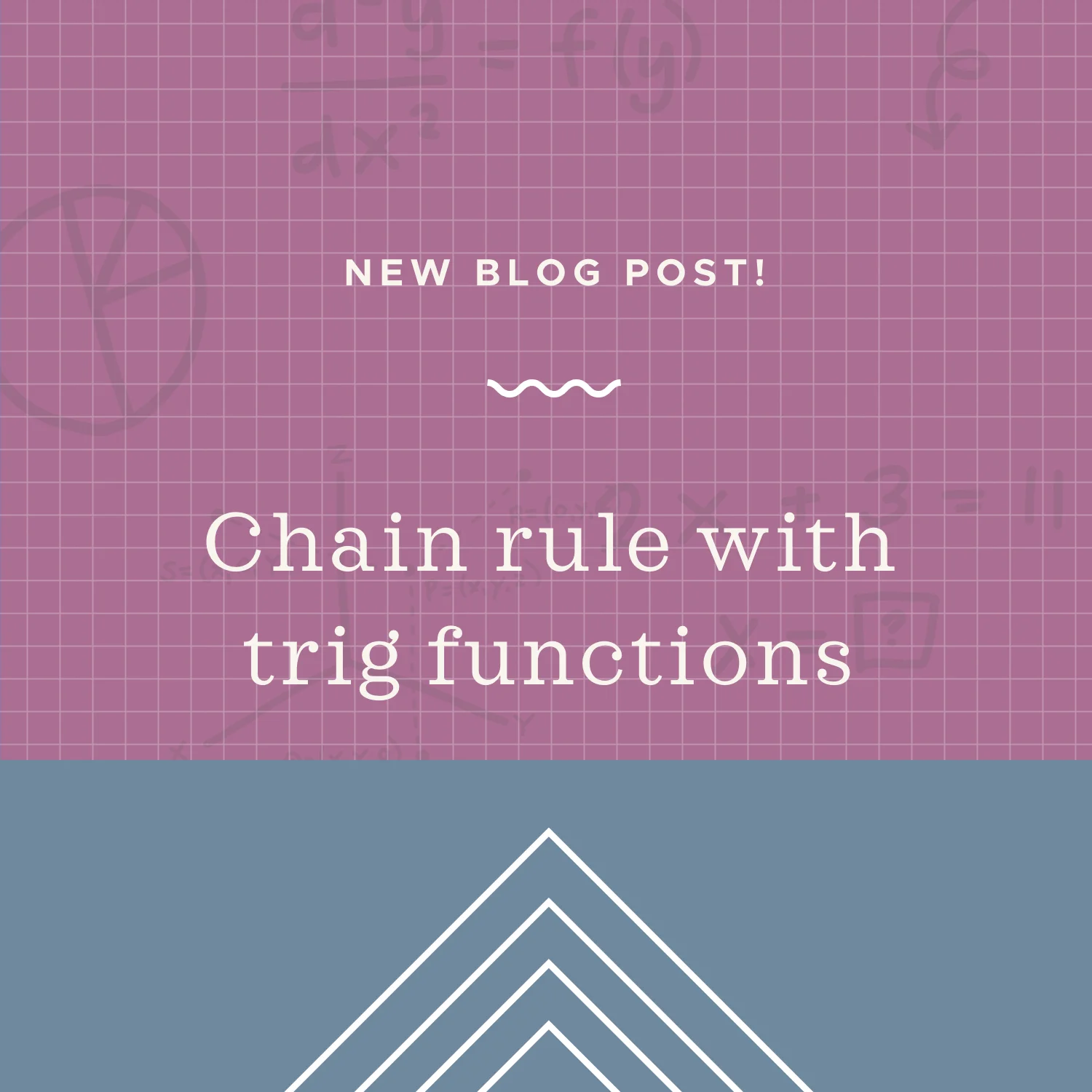It’ll be faster for us to use the derivative rules we’re about to learn. In this lesson, we’ll look at the first of those derivative rules, which is the power rule. Power rule tells us that, to take the derivative of a function like these ones, we just multiply the exponent by the coefficient, and then subtract 1 from the exponent.
Read MoreWe know how to use power rule to take the derivative of a power function, and now we’ll learn how to use product rule to take the derivative of a product. In other words, when we’re given a function which is itself a product of functions, we use the product rule for derivatives in order to differentiate it.
Read MoreLet’s look at how chain rule works in combination with trigonometric functions. Keep in mind that everything we’ve learned about power rule, product rule, and quotient rule still applies.
Read MoreJust as we always use the product rule when two variable expressions are multiplied, we always use the quotient rule whenever two variable expressions are divided. So to find the derivative of a quotient, we use the quotient rule.
Read MoreGiven that the numerator is a constant and the denominator is any function, the derivative will be the negative constant, multiplied by the derivative of the denominator divided by the square of the denominator.
Read MoreIf the original function is the product of three functions, then its derivative is the sum of three products. If the original function is the product of four functions, then its derivative is the sum of four products.
Read More







